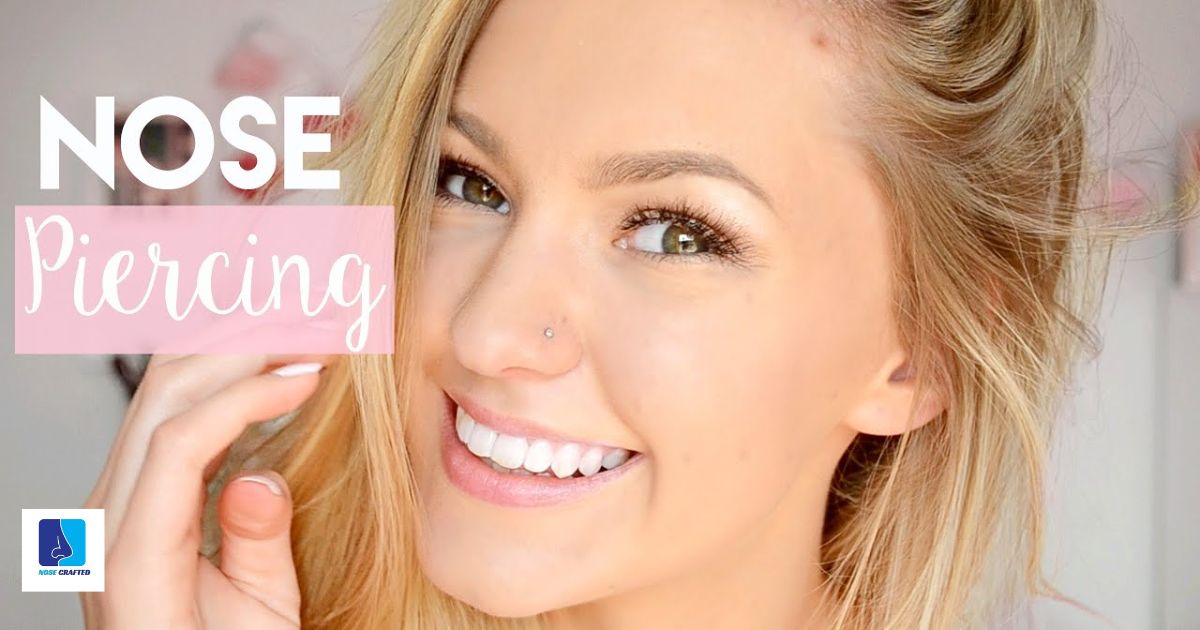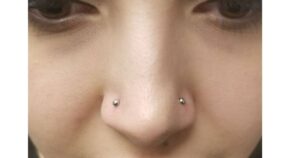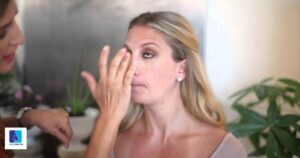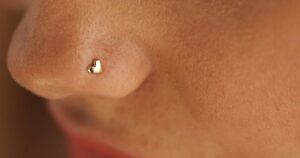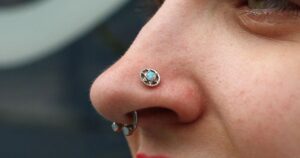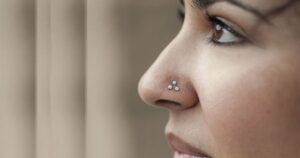Have you ever had your nose pierced, only to let it close up for one reason or another? Perhaps you miss the sparkle of a stud or the subtle elegance of a hoop. If you’re pondering the possibility of re-piercing your nose, you’re not alone. Many individuals find themselves in this situation, wondering if it’s feasible, safe, or even advisable. Let’s delve into the ins and outs of re-piercing your nose to help you make an informed decision.
Imagine the thrill of adorning your nose with that perfect piece of jewelry once again. But before you take the plunge, let’s explore what it entails to re-pierce your nose and whether it’s the right choice for you.
Can You Re-Pierce Your Nose?
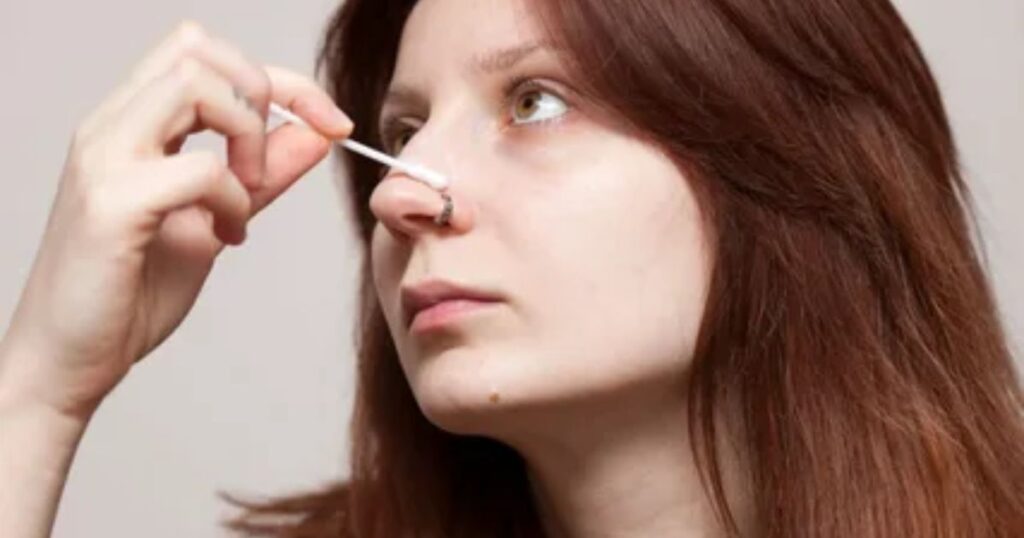
You might be relieved to know that in most cases, yes, you can re–pierce your nose. The key factor influencing this decision is the extent to which your piercing has closed up. If the hole has completely closed, you’ll essentially be starting from scratch. However, if there’s still a small mark or divot where the piercing was, it’s often easier to re-pierce.
Factors to Consider Before Re-Piercing:
1. Scar Tissue: If your previous piercing resulted in significant scar tissue formation, re-piercing might be more challenging and potentially more painful. Scar tissue is less flexible than regular skin, making it trickier to pierce through.
2. Healing Time: Re-piercing your nose means undergoing another healing process. This entails keeping the area clean, avoiding irritants, and being patient as your body adjusts to the new piercing.
3. Infection Risk: Any piercing carries a risk of infection. Re-piercing increases this risk slightly, especially if proper hygiene practices aren’t followed diligently.
Choosing the Right Piercer:
When considering re-piercing, it’s crucial to find a skilled and reputable piercer. Look for someone experienced in nose piercings who prioritizes hygiene and safety. Don’t hesitate to ask questions about their sterilization processes and credentials before proceeding.
Aftercare Tips:
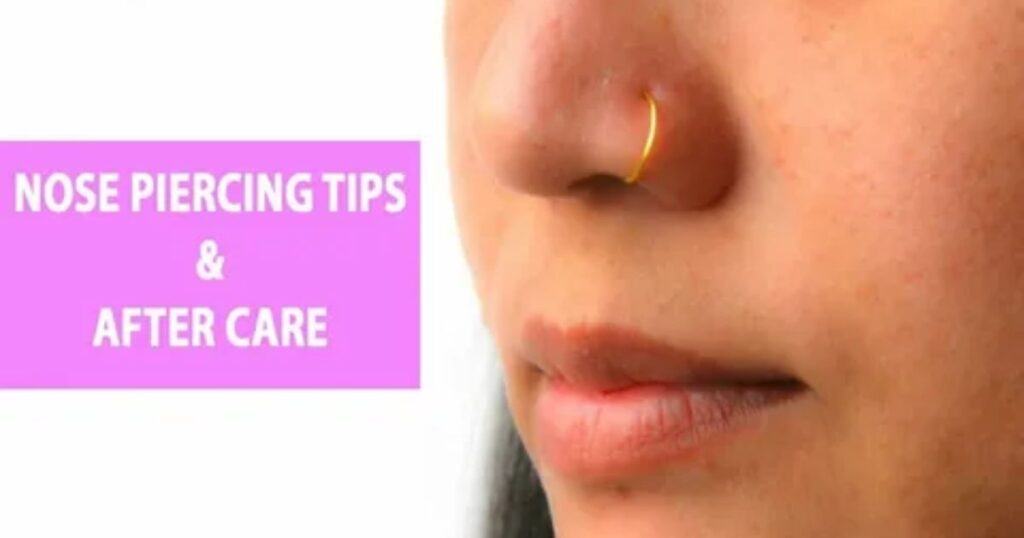
Once you’ve re-pierced your nose, proper aftercare is essential to ensure optimal healing and minimize the risk of complications. Follow your piercer’s instructions carefully, which may include cleaning the piercing with saline solution, avoiding touching it with dirty hands, and refraining from changing the jewelry too soon. Remember, taking these precautions is crucial for piercing a sin and allowing it to heal properly.
1. Potential Risks and Complications:
While re-piercing your nose is generally safe, it’s essential to be aware of potential risks and complications. These may include infection, excessive bleeding, allergic reactions to jewelry, and keloid scar formation. If you experience any unusual symptoms or complications, consult a healthcare professional promptly.
2. When Re-Piercing Isn’t Advisable:
There are certain scenarios where re-piercing your nose may not be advisable. For instance, if you have a history of keloid scarring or if your previous piercing resulted in complications such as infection or prolonged healing time, it’s wise to consult with a dermatologist or healthcare provider before proceeding.
3. Alternatives to Re-Piercing:
If you’re hesitant about re-piercing your nose or if it’s not feasible due to medical reasons, there are alternative options to consider. These include magnetic nose studs, adhesive jewels, or clip-on nose rings. While these options may not provide the same longevity or authenticity as a traditional piercing, they offer temporary solutions for achieving the look you desire.
Can I Get My Nose ‘re Pierced In The Same Spot
| Question: Can I Get My Nose Repierced in the Same Spot? | Answer: |
| Is it possible to re-pierce my nose in the same spot? | Yes, it’s possible, but it depends on various factors such as scar tissue, the extent of closure, and healing time. |
| Will the re-piercing process be more challenging? | It might be more challenging if there’s significant scar tissue present, which can make piercing through it trickier. |
| How long should I wait before re-piercing? | It’s advisable to wait until the previous piercing has fully healed and closed up before attempting a re-piercing. |
| Should I consult a professional piercer? | Yes, consulting a professional piercer is essential to ensure the re-piercing process is done safely and hygienically. |
| Are there any risks associated with re-piercing? | Yes, there are risks such as infection, excessive bleeding, and allergic reactions to jewelry that should be considered. |
This table provides a concise overview of the key questions and answers regarding re-piercing your nose in the same spot.
Can I ‘re Pierce My Nose After Keloid
If you have had a keloid form after a nose piercing, re-piercing might not be the best idea. Keloids are raised scars that can develop from excessive tissue growth during the healing process. Re-piercing over a keloid can aggravate it, leading to further complications and potentially more keloid formation.
It’s crucial to consult with a dermatologist or a healthcare professional before considering re-piercing after a keloid. They can assess the severity of the keloid and provide guidance on whether re-piercing is safe or if alternative options should be explored. Taking these precautions helps minimize the risk of exacerbating the keloid and ensures your nose piercing journey is as smooth as possible.
‘re Piercing Nose Yourself
Re-piercing your nose yourself is not recommended. It can lead to infection, pain, and complications. Professional piercers have the right tools and expertise to do it safely. It’s best to seek their help for a successful and safe re-piercing experience.
How To Reopen A Closed Nose Piercing At Home
Reopening a closed nose piercing at home is possible, but it requires patience and caution. Firstly, clean the area around the closed piercing with a gentle saline solution to remove any dirt or bacteria. Then, use a sterilized needle or a piercing taper to carefully puncture through the closed hole, applying gentle pressure until it goes through. Remember to go slowly and stop if you experience excessive pain or resistance.
Once you’ve successfully reopened the piercing, keep the area clean and apply an antibacterial ointment to prevent infection. Avoid changing the jewelry too soon and allow the piercing to heal fully before trying different styles. However, if you encounter any complications or have concerns, it’s best to seek professional assistance from a trained piercer or healthcare provider.
FAQs:
How Long Does It Take for a Nose Piercing to Close Up?
The timeframe for a nose piercing to close up varies from person to person. In general, if left untreated, a nose piercing can close up within a few days to a few weeks.
Does Re-Piercing Hurt More Than the Initial Piercing?
The pain experienced during re-piercing can vary depending on individual pain tolerance and the presence of scar tissue. Some people find re-piercing to be more uncomfortable than the initial piercing, while others may not notice much of a difference.
Can I Re-Pierce My Nose Myself?
Re-piercing your nose yourself is highly discouraged. Professional piercers have the necessary training, equipment, and expertise to perform piercings safely and hygienically. Attempting to re-pierce your nose at home increases the risk of infection, injury, and other complications.
Conclusion
In conclusion, reopening a closed nose piercing at home can be done with care and patience, but it’s essential to proceed cautiously. By following proper hygiene practices and using sterilized tools, you can safely reopen the piercing without causing unnecessary harm. However, it’s crucial to be aware of the risks involved, such as infection or excessive scarring, and to seek professional help if needed.
Remember, reopening a closed nose piercing is a delicate process that requires careful attention to detail. If you encounter any difficulties or uncertainties along the way, don’t hesitate to reach out to a qualified piercer or healthcare provider for guidance. Ultimately, your health and safety should always be the top priority when it comes to any piercing-related procedures. With the right approach and guidance, you can successfully reopen your closed nose piercing and enjoy your favorite jewelry once again.
